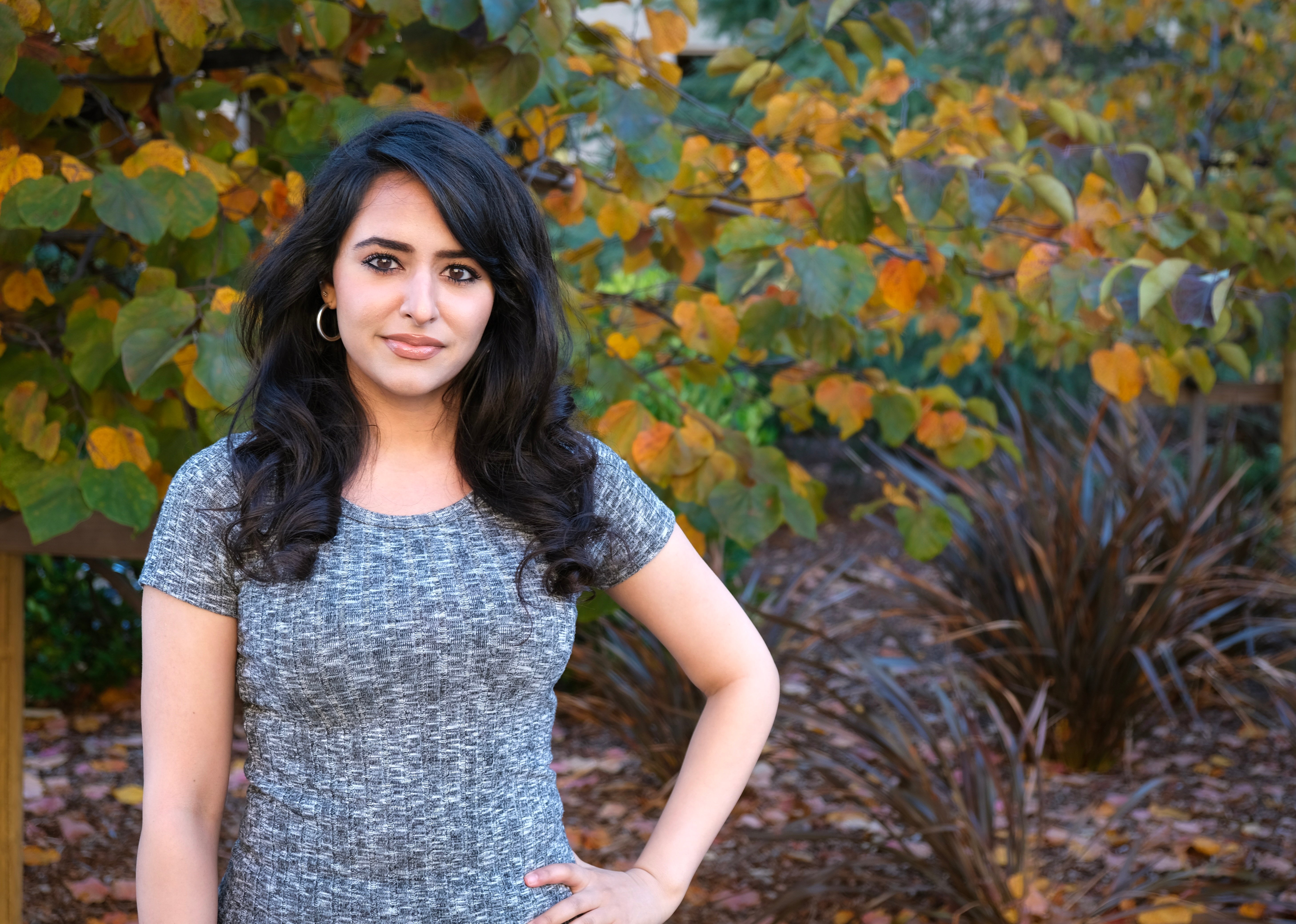Among the throngs of global leaders and power brokers currently attending the 2022 United Nations Climate Change Conference (COP27) is a Stanford student preparing to deliver her address to the world. Henna Hundal M.D. ’26, a second-year medical student and a health and climate activist, is in Egypt at her second Climate Change Conference, the annual climate summit where global leaders convene to discuss paths forward to combat climate change.
Hundal is a delegate and negotiator to the COP27. She is the key opinion leader for the summit’s advocacy campaign. Hundal is also working with COP27’s social media channels to generate content on how the medical community can help combat the climate crisis. Prior to this, she wrote extensively about climate policy and health in many publications, including The New York Times and The Washington Post.
This year, the event is taking place in Egypt from Nov. 6 to Nov. 18. The Daily sat down with Hundal before her departure to learn more about her time at COP26, hopes for COP27 and the vital role the medical community plays in dealing with the consequences of climate change.
The Stanford Daily [TSD]: You attended COP26 last year. Can you tell us more about your experience?
Henna Hundal [HH]: Last year at COP26, some of the delegates actually held up pictures of their grandchildren on the main stage and showed them to the camera and said, “I need to have good outcomes at this conference because I need to be able to go home to my grandchildren and say that I did everything I could to protect their homes for them.” You see this especially in places that are on the frontlines of the climate crisis — countries that are much more vulnerable at this point in time.
Seeing how truly complex the process is to get a heterogeneous group to come to common ground and find mutual solutions was really transformative for me. It sparked my interest in thinking about what role can the medical community play in this process too.
TSD: How do you think COP27 would be like this year?
HH: We’re going to see discussions and negotiations around themes such as adaptation, mitigation, climate finance, loss and damage. The latter is when I’m particularly looking forward to seeing more progress on climate reparations, which has been touted as something that COP27 will hopefully address with more rigor than COP26.
I think COP27 has really made it a mission to analyze how we catalyze the flow of funds from the climate change drivers to those bearing the brunt of the impacts so that we can address, for example, when hospitals are being flooded in these countries. The money to build these [infrastructure changes] is going to come from climate finance negotiations that will take place at COP27.
TSD: Can you tell us about the role the medical community has in climate change adaptation?
HH: There’s so many examples of the ways that climate change can really worsen prospects for human health, and we need climate-conscious doctors to tackle this.
A great example was actually at Stanford this past summer, when we had an extreme heatwave overlapping with power outages. The University actually opened respite centers for students to cool off and hydrate when those outages occurred, and people could refrigerate their medications. There was structural support when the power went off.
We know that climate change is tied to the increasing frequency of these extreme heat events. We also know that extreme weather events are tied to physical injuries and create climate refugees who also face the psychological toll of watching their homes getting destroyed. There’s also a study that came out recently looking at the impact of California’s wildfire smoke exposure on skin health.
We can also look at, for example, waste reduction by the healthcare sector. For the purpose of an advocacy campaign, I profiled a project that took place right here at Stanford about reducing tray waste from skin biopsies, and had great results. There’s so many opportunities to extend waste reduction work and finding that line between keeping sterility and patient safety but also promoting sustainability.
TSD: You mentioned that we need climate-conscious doctors — how are medical schools like Stanford beginning to train their future doctors to be ready for this?
HH: What’s been heartening for me is seeing Stanford’s medical community increasingly embrace its capacity for advocacy. There’s the Stanford Climate and Health group where students have been mobilizing around different legislation.
I’m also serving as a TA for EMED 234: “The Impact of Climate Change on Human Health.” I think really, there’s so much opportunity to include climate change education within medical education and really create this idea of climate-conscious doctors who are proactively having conversations with patients about how climate change might affect them. For example, for patients who are taking medications that might make them more sensitive to heat-related illnesses, they will need to be made aware of this and the extreme heat waves like the ones we have in the summer.
TSD: Why do you think it’s important to talk about climate change and health now?
HH: In this world emerging from the throes of COVID-19, so much has changed. And I think we’re realizing, more than ever, that having strong systems in place is going to be critical, not only for bettering future health crises like pandemics, but also thinking about how climate change might affect health systems. Are our health systems even ready to adapt?
The interview has been condensed and lightly edited for clarity.
